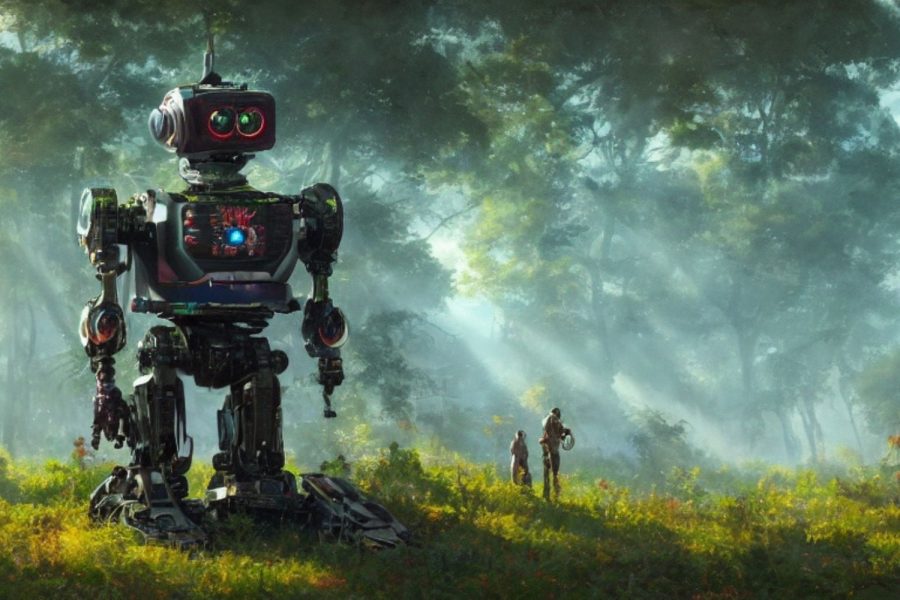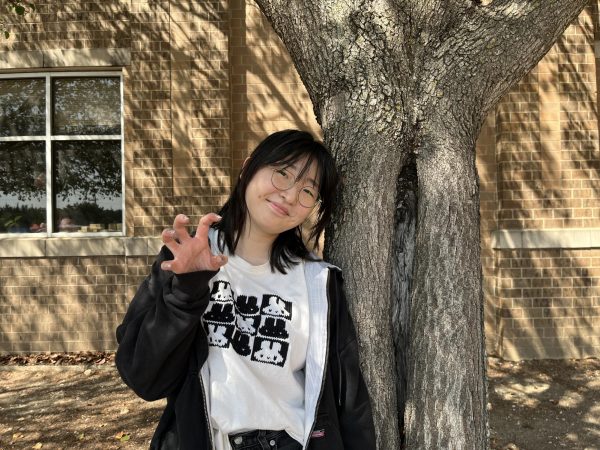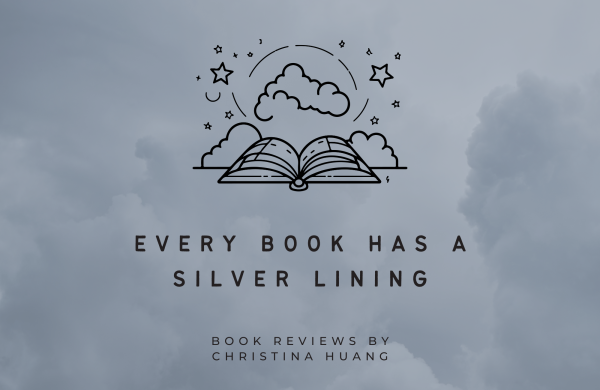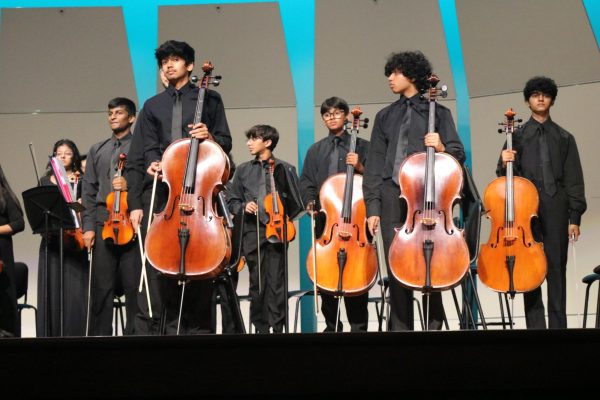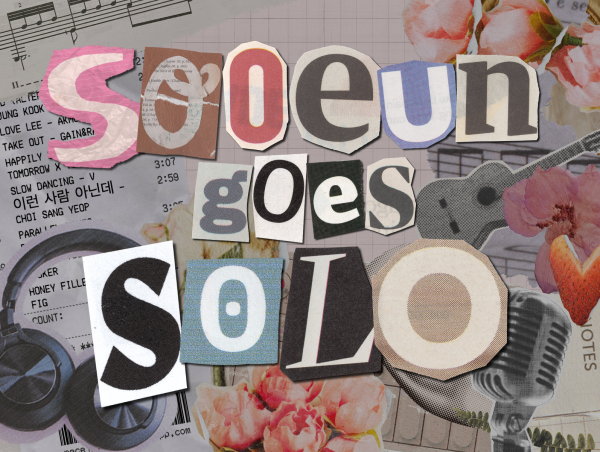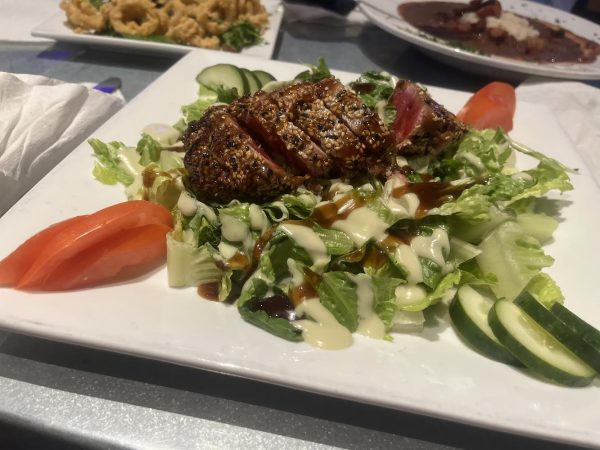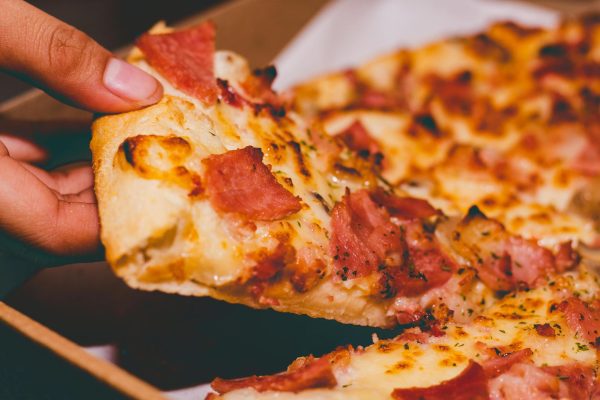Blurring the line between human and machine
Pictured: Photo generated by DeepAI’s Fantasy World Generator API with the prompt “robot making art.” DeepAI is just one of the many AI art bots creating human-like works of art.
January 23, 2023
Technology is evolving rapidly, most notably the evolution of artificial intelligence (AI). Nowadays, avoiding conversations about AI is nearly impossible. Although most AI bots populating the news have been chatbots, known for replicating human language, AI bots that can replicate human art are on the rise too.
For the most part, art is something uniquely human, but AI art bots such as DALL-E, Artbreeder, and DeepAI are blurring the lines between humans and machines.
Although AI art can create impressive works of art, sophomore Adrianna Sun doesn’t see AI-generated art as real art.
“Because the truth is that these image generators, DALL-E, Stable Diffusion, Midjourney, aren’t generating anything of value, it only generates superficially beautiful art,” Sun said. “There is no intention behind the strokes, behind each placement, behind the colors, behind the subject.”
Art teacher Emily Delarios takes a look at art history to define the value of art.
“There is a lot of fine art out there now, being shown in galleries and museums, that many people feel isn’t art,” Delarios said. “This has been the case across history. In 1917, Duchamp signed a urinal and called it Fountain. Photography was not regarded as art when it was invented, and its development in part created modern art as artists explored options beyond realism.”
Junior Eva Soto predicts that AI art will only become more popular and more advanced.
“I think AI art will become more common in media,” Soto said. “Also, I think AI art will be harder to notice and become more advanced.”
Despite seeing rapid improvements in quality, AI bots still have trouble with certain aspects of art and still have a long way to go.
“As far as bots are concerned, the visual quality has improved greatly,” Delarios said. “The first one of note was DALL-E, which was amazing because you could throw all sorts of prompts at it, but it would create images that were fairly low quality. Bots, like most artists, tend to struggle with drawing hands.”
These AI art generators have faced a lot of controversy regarding its ethicality and adverse effects on artists.
On Jan. 17, Getty Images filed a lawsuit against StableDiffusion, alleging it used copyrighted material to train its software.
“Unlike popular belief, these generators don’t just take photos of cats and then edit them into photos of snow globes or whatever the prompt entails,” Sun said. “It’s a much more complicated process that you could argue mimics the way humans learn. In a nutshell, these generators are trained on millions of images and then ‘learn’ by creating 500 plus variables that describe what it means to be a ‘cat’ or a ‘snow globe.’”
According to Sun, the case results could empower artists to take more steps to protect their work.
“This case [against Stable Diffusion] is especially important because it’s addressing a huge factor in why so many artists aren’t in favor of AI: the use of copyrighted images without artist consent in training the models,” said Sun. “If it gets resolved in the favor of artists, it could very well give us more power over protecting our creative works.”
Delarios recognizes the legal issues AI art bots have brought to the table.
“I think the most broadly popular AI image generator is the Lensa App, and it is not particularly original,” Delarios said. “Digital figurative artists are upset with that one because it is a paid app that mines images from artists’ work on the internet, without regard for copyright. The entire copyright issue is going to have to be resolved somehow, but legally it’s murky because they aren’t stealing from any one artist.”
Despite the controversies seen by AI art generators, Sun uses AI art technologies as a tool for her own artwork.
“AI art can be amazing as a tool, I look at some pieces, and I immediately start getting inspiration for some of my own works,” Sun said. “However, that’s where I draw the line. AI art should be used as a tool, not the final product, and certainly not as a replacement for artists.”



